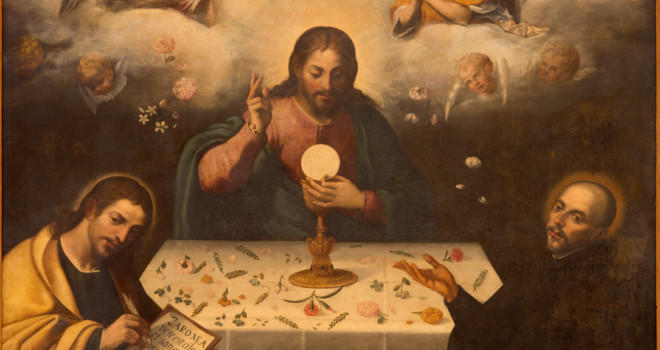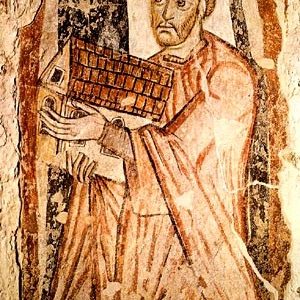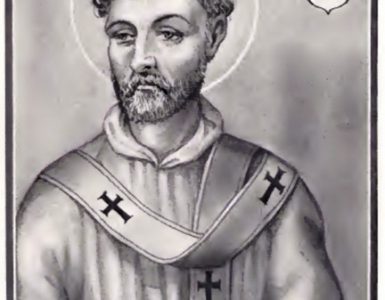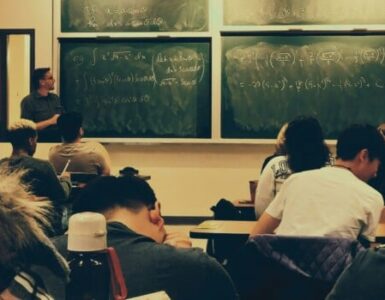The two liturgies of the Mass — that of the Word and that of the Eucharist — are intimately related.
It might seem otherwise. The first involves Scripture, the written word. The other is an encounter with Christ, really present in the consecrated bread and wine in the fullness of body and soul, humanity and divinity.
And yet the first flows into the second. For, in the Eucharist we also receive the Word — the Word made flesh. The relationship between the two liturgies, then, takes on a mystical dimension. In one, we receive the words of God. In the other, we are given the Word of God itself.
There are two biblical models of how one leads to and reinforces the other.
First, there is the story of Isaiah’s own calling. The critical moment occurs while Isaiah witnesses the worship of the heavenly court:
Then one of the seraphim flew to me, holding an ember which he had taken with tongs from the altar. He touched my mouth with it. “See,” he said, “now that this has touched your lips, your wickedness is removed, your sin purged.” Then I heard the voice of the Lord saying, “Whom shall I send? Who will go for us?” “Here I am,” I said; “send me!” (Isaiah 6:6-9).
In this account, the sequence is reversed. The hot coal — a foreshadowing of the Eucharist — touches Isaiah’s lips. Only then does he hear the voice of the Lord calling Him. For Isaiah, there is a twofold relationship with the words of the Lord: he is both a recipient of them as well as preacher of them, as a prophet.
The connection between prophetic hearing, speaking, and eating is reinforced in Ezekiel:
But you, son of man, hear me when I speak to you and do not rebel like this rebellious house. Open your mouth and eat what I am giving you. It was then I saw a hand stretched out to me; in it was a written scroll. He unrolled it before me; it was covered with writing front and back. Written on it was: Lamentation, wailing, woe! (Ezekiel 2:8-10).
Literally Ezekiel is invited to ‘eat’ the words of God contained on the scroll. (This literary eating is also replayed in Revelation 10.) Then, in the next chapter, Ezekiel consumes the scroll and begins to speak words of prophecy.
For us too, the Eucharist is what enables us to properly hear and digest the divine words from the Old Testament, the psalm, the New Testament, and the gospel that we have heard earlier in the Mass. And, just like Isaiah, the Eucharist is also what empowers us to proclaim the good news to others. In a very real sense, the Eucharist transforms us into the body of Christ, equipping us with His own voice in order to be better able to share his life-giving words with others.
The second model for how Scripture is tied to the Eucharist is Mary in the Annunciation. Pope Benedict XVI explains how: “Mary welcomes the Holy Spirit into herself. Having become pure hearing, she receives the Word so totally that it becomes flesh in her” (Mary: The Church at the Source.) In a way, Mary’s hearing of the word was purer than that of Ezekiel: she needed no physical scroll to consume; she heard the words of God—spoken through the angel—so perfectly that they took flesh within her.
This, then, is a second way of thinking about how the Liturgy of the Word is connected to the Liturgy of the Eucharist. All of us are called to be like Mary: to receive the word of God so deeply that it becomes a fleshly reality within us. However, none of us have the fullness of grace to do this on our own. The beauty of the Mass is that God does this for us in the Liturgy of the Eucharist.












